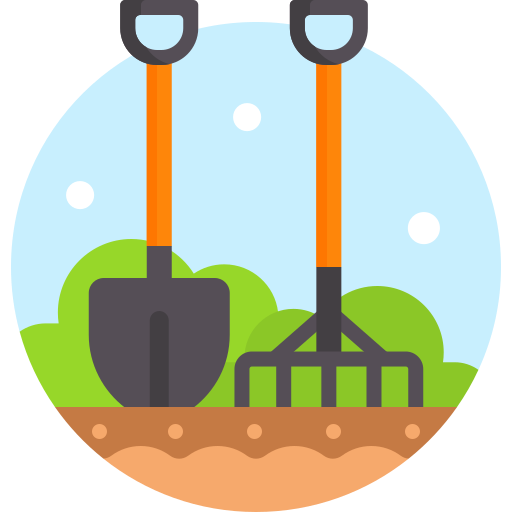So I bought some wildflower mixture, and they recommend to thin/blend with sand so you can see where you broadcast and go see it easier. So I took one step further and added clover as well.
I have 2 wildflower mixes, 10gs of each, I know it’s probably not enough to get a dense lawn, but that’s also why I thinned it clover that I’ve already started turning the lawn over to.
So I took about 1/2 of one of wildflower packets and mixed it with 1 scoop of clover seed and 5 scoops of play sand. Gonna broadcast my entire front lawn, ther grass isn’t too tall yet, although I should mow to the lowest setting first.
Anyways follow along for updates on this adventure!


I have a glass container filled with a wildflower mix from our garden in my backpack at all times. When I’m on my bike at a red light for example, I just throw a handful on to any public lawn patches around me.
Thank you for guerilla gardening in what sounds like a responsible way.
I can’t condone people that plant invasive species, but hopefully your wildflower mix doesn’t include any.
More complicated than just avoiding non-native or invasive species. A species might naturally occur in the region but be inappropriate for the habitat. An area might support a rare variant of a species that could be threatened by introducing the common variant. Need to research what species are appropriate before sowing seeds.
Yes. And in the end, some poor tax paid city employee is gonna rip it out in most cases as well.
Absolutely important to dig into it a bit, which is why I contacted the local environmental group about it, who happily provided a list of suitable plants I used as a reference point.
It’s also mostly places like those little traffic islands or empty estates. I try to avoid doing it around the canals in my city since they actually are a differing habitat.
Also I only do it on public property or non developed lots, if you want to have a golf course lawn in your garden suit yourself, I will not touch it, but I will silently judge you ;)
But your point is very valid, do some research, reach out to environmental groups and educate yourself on the differing habitats in your area.